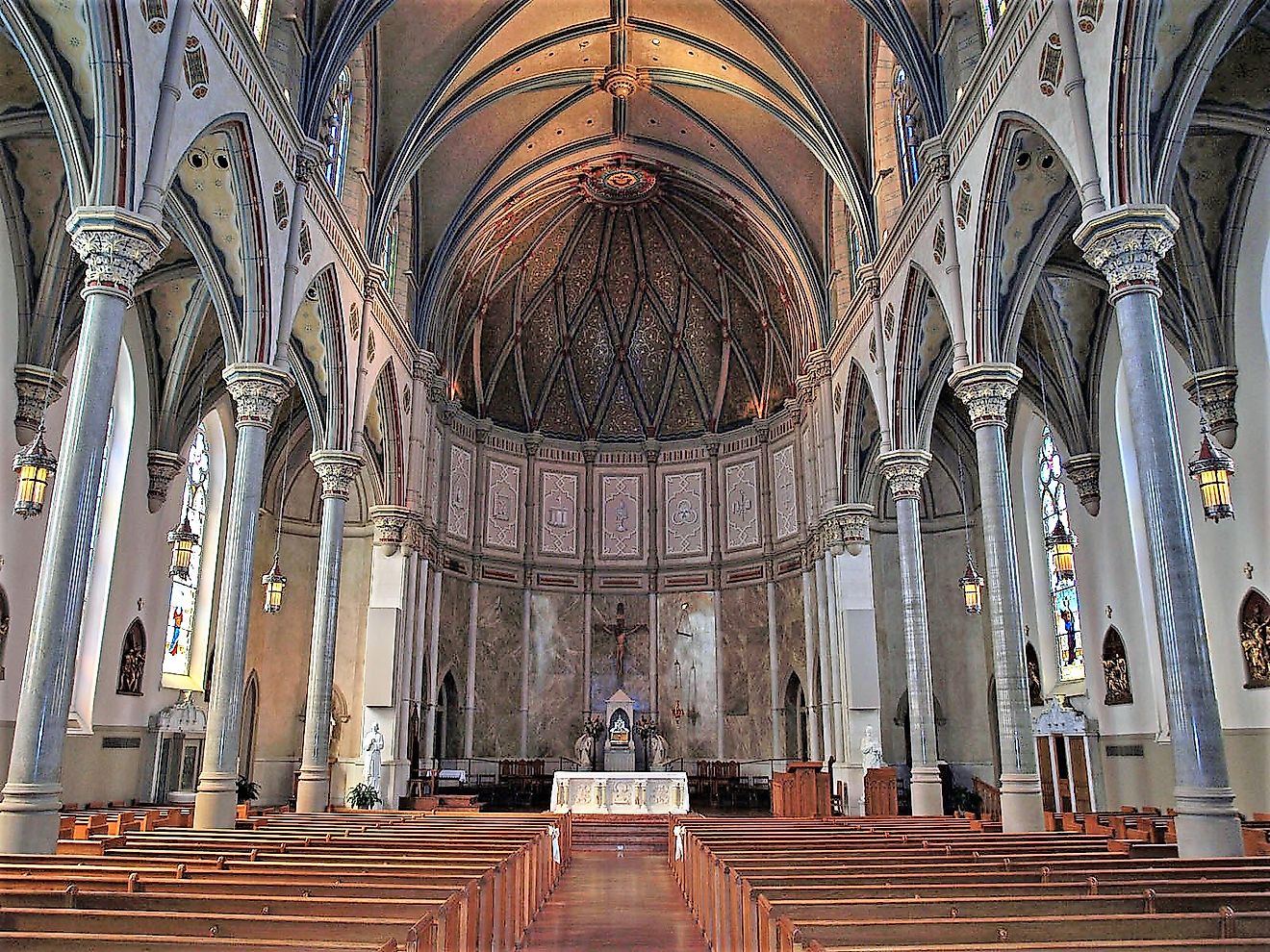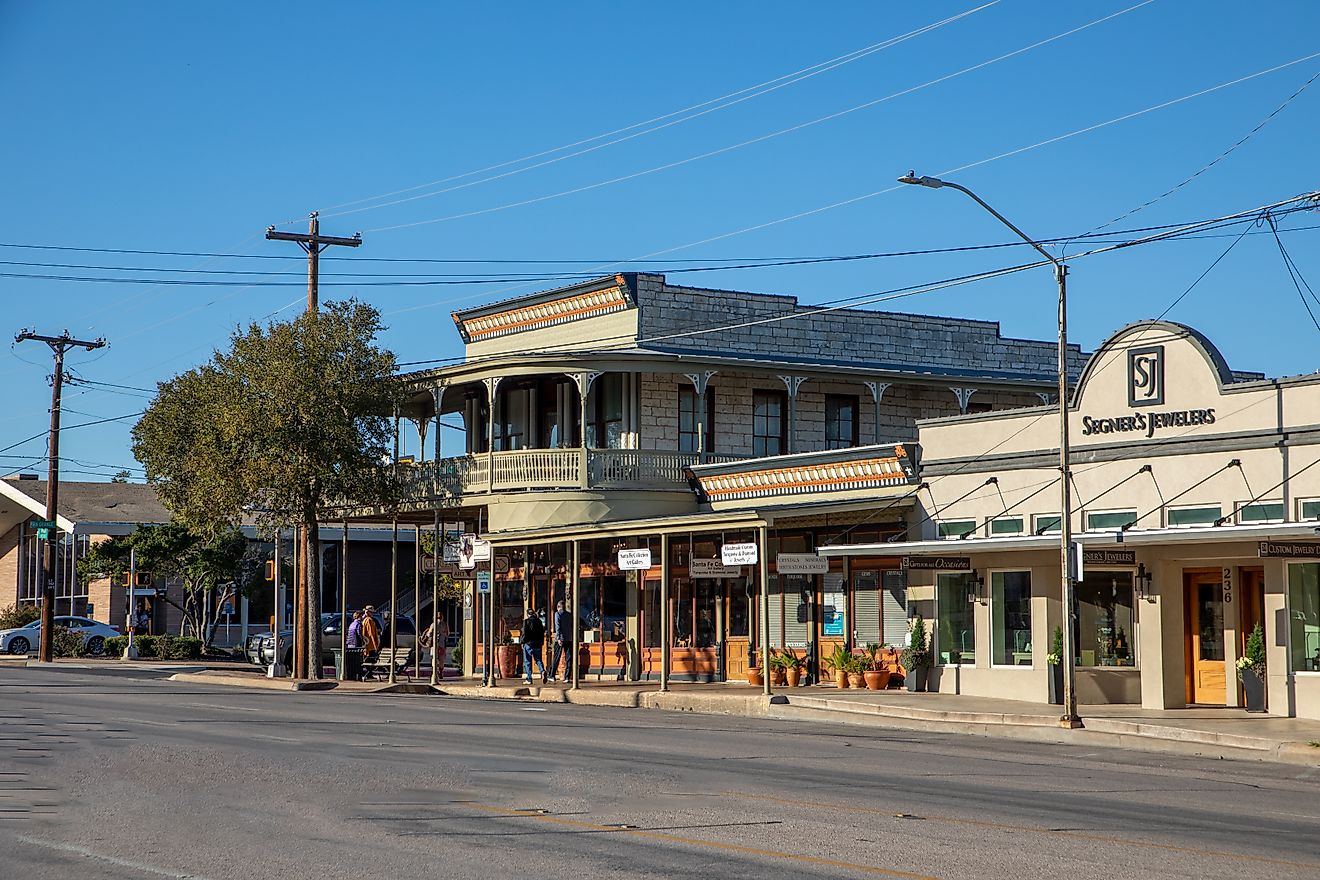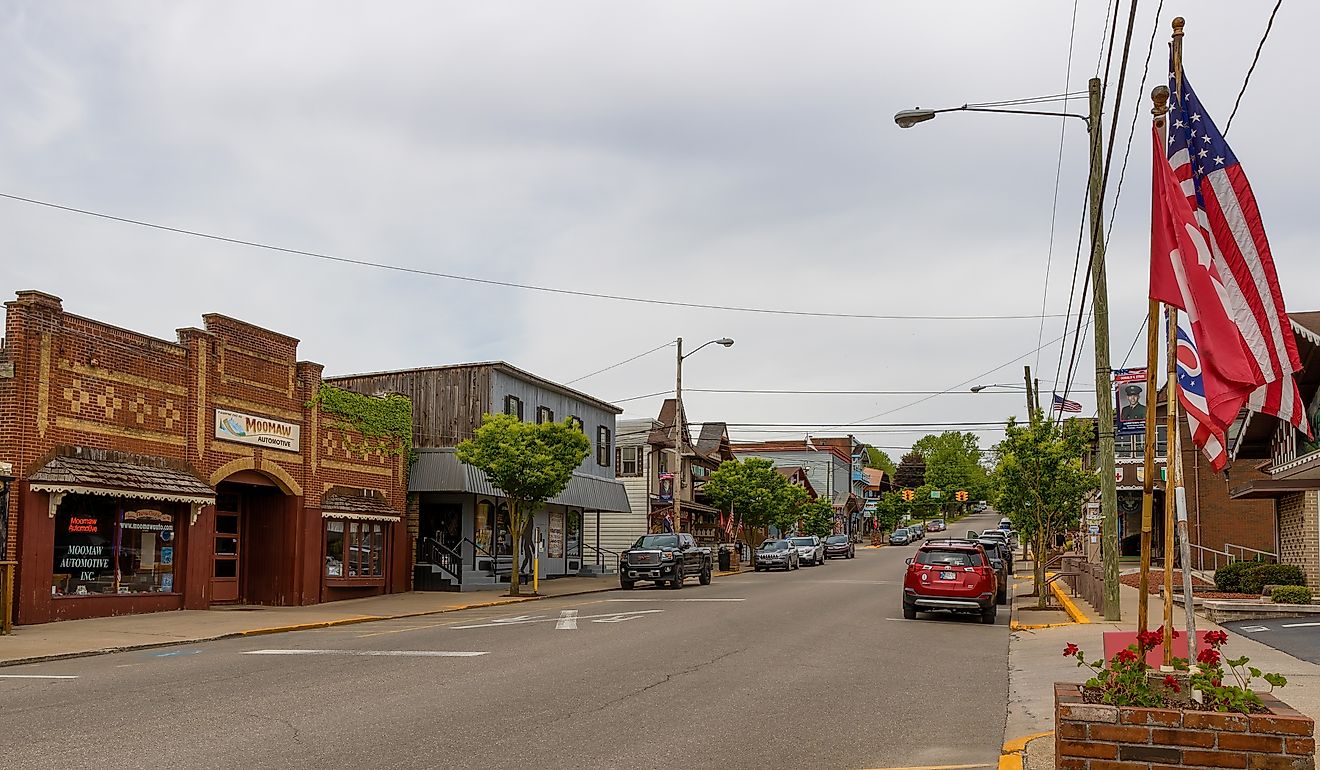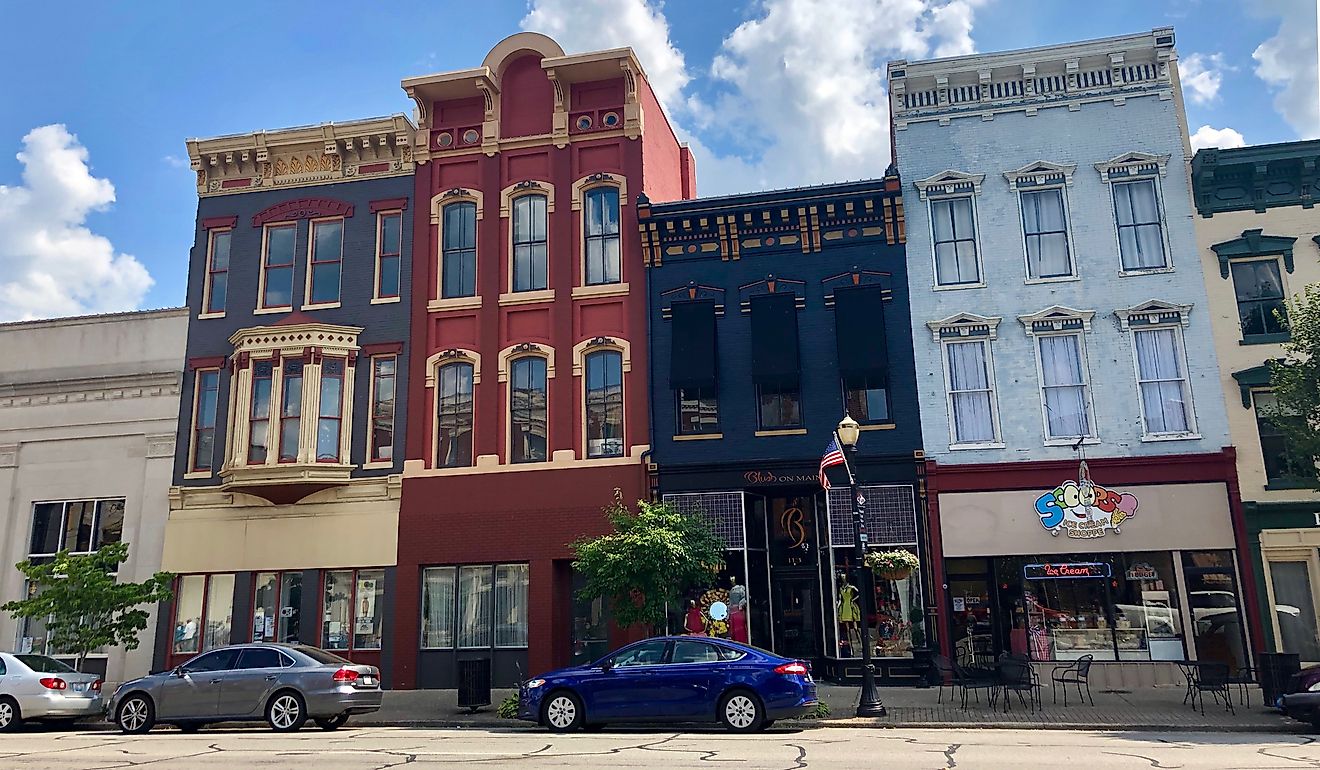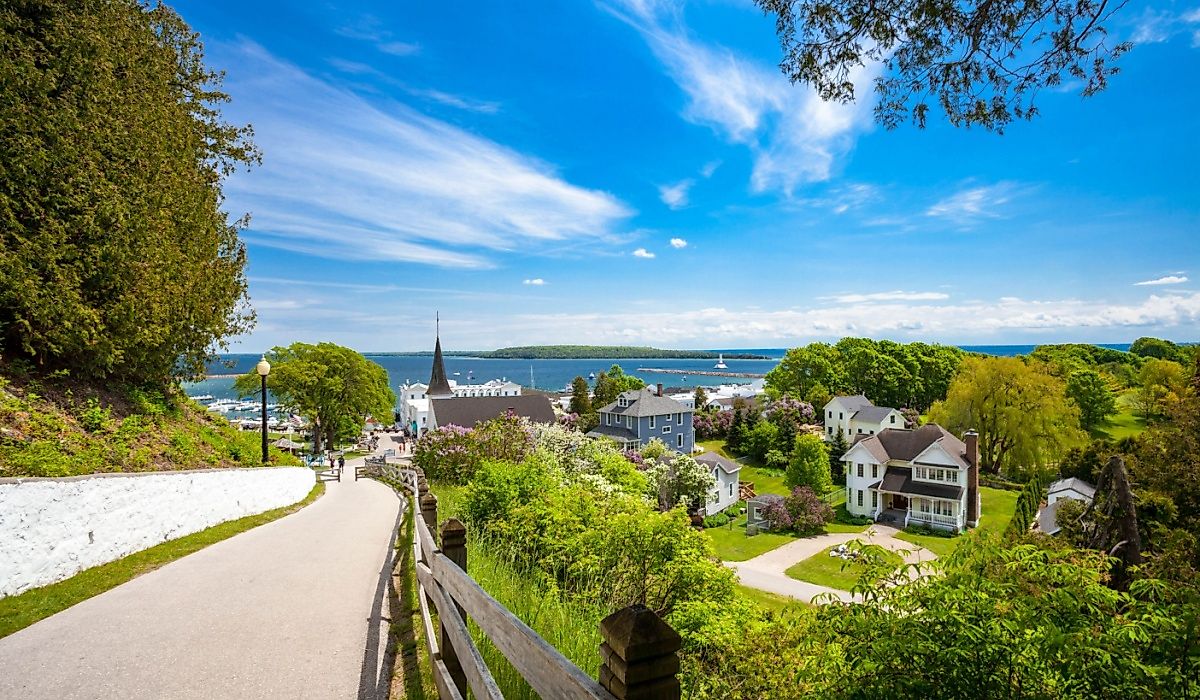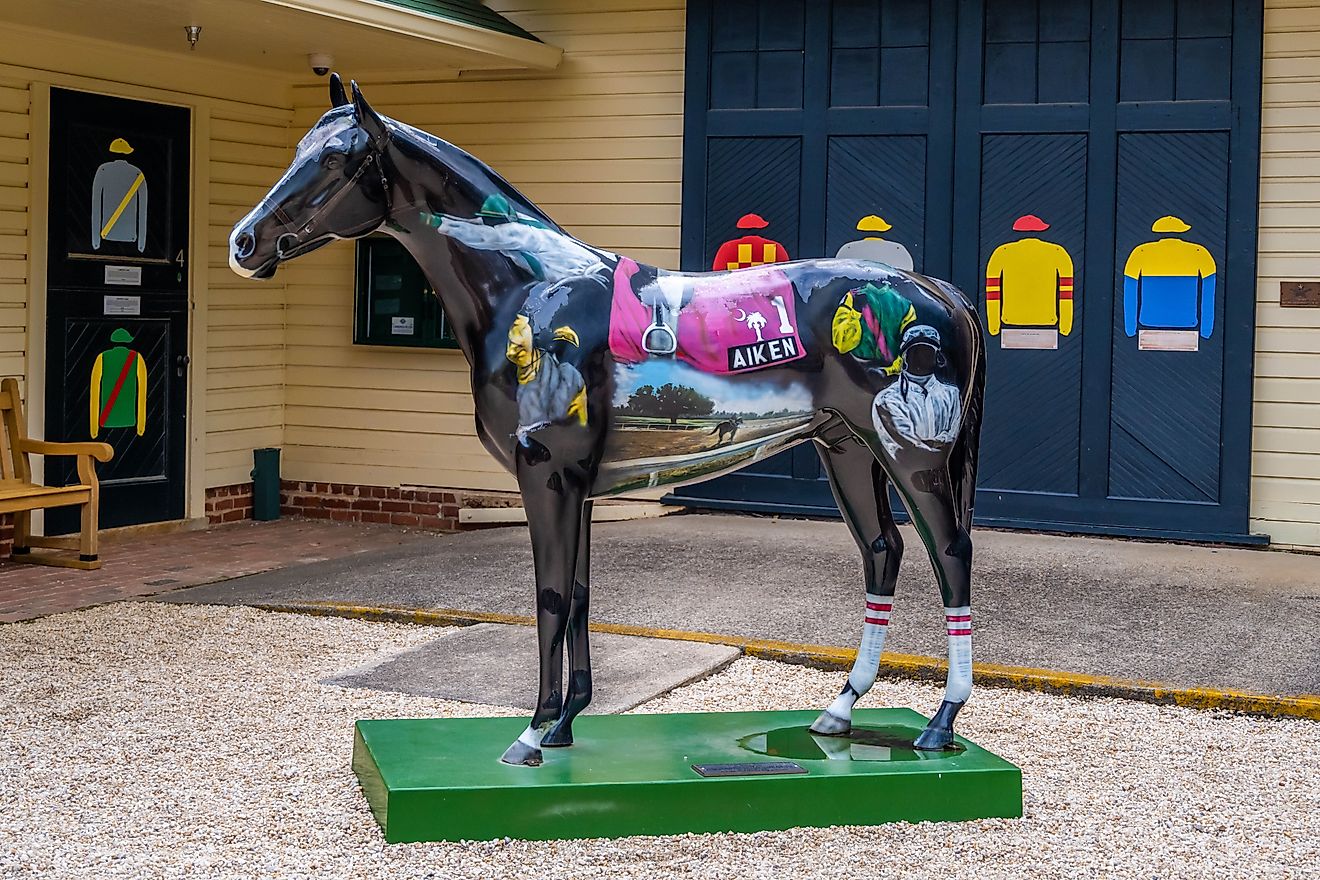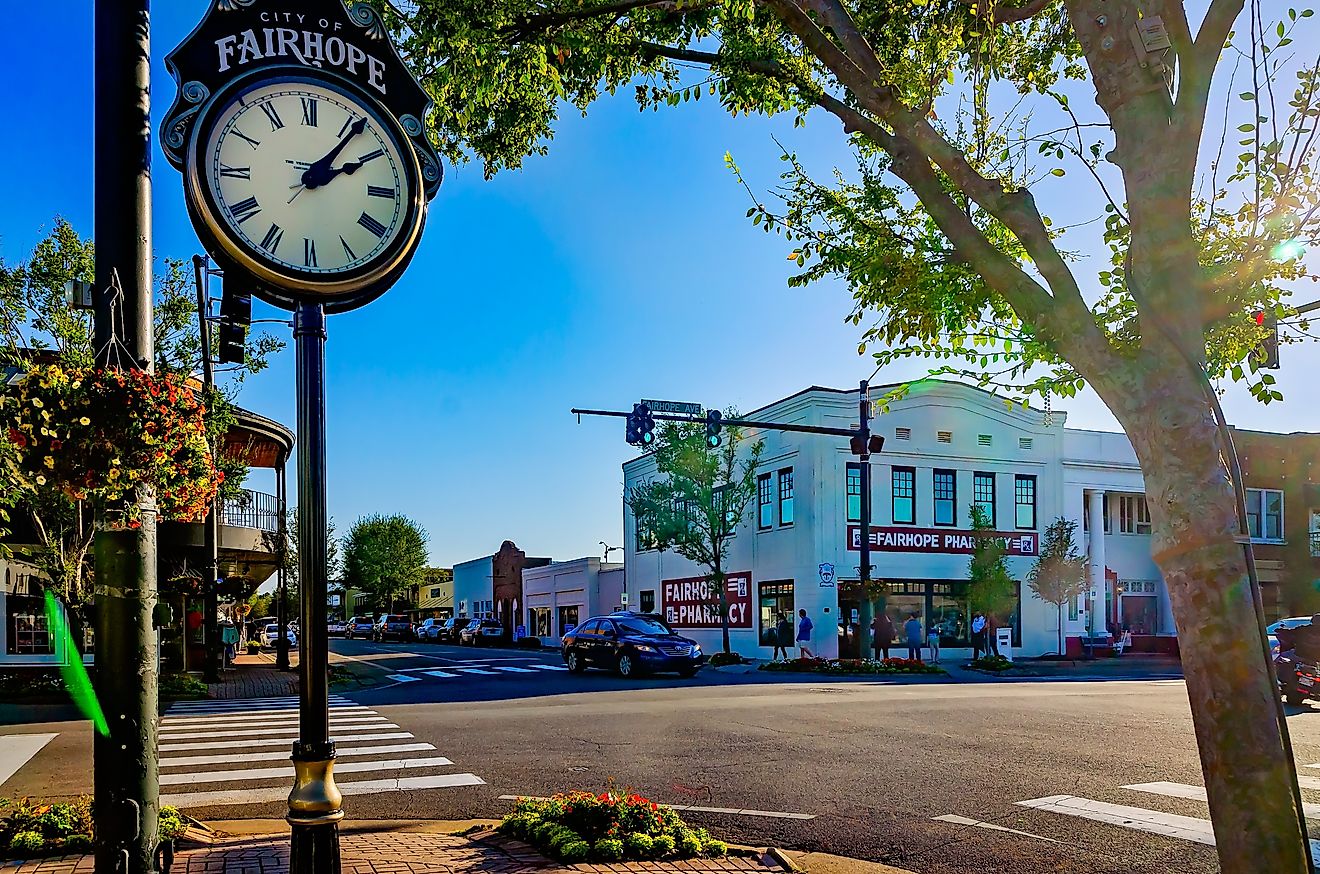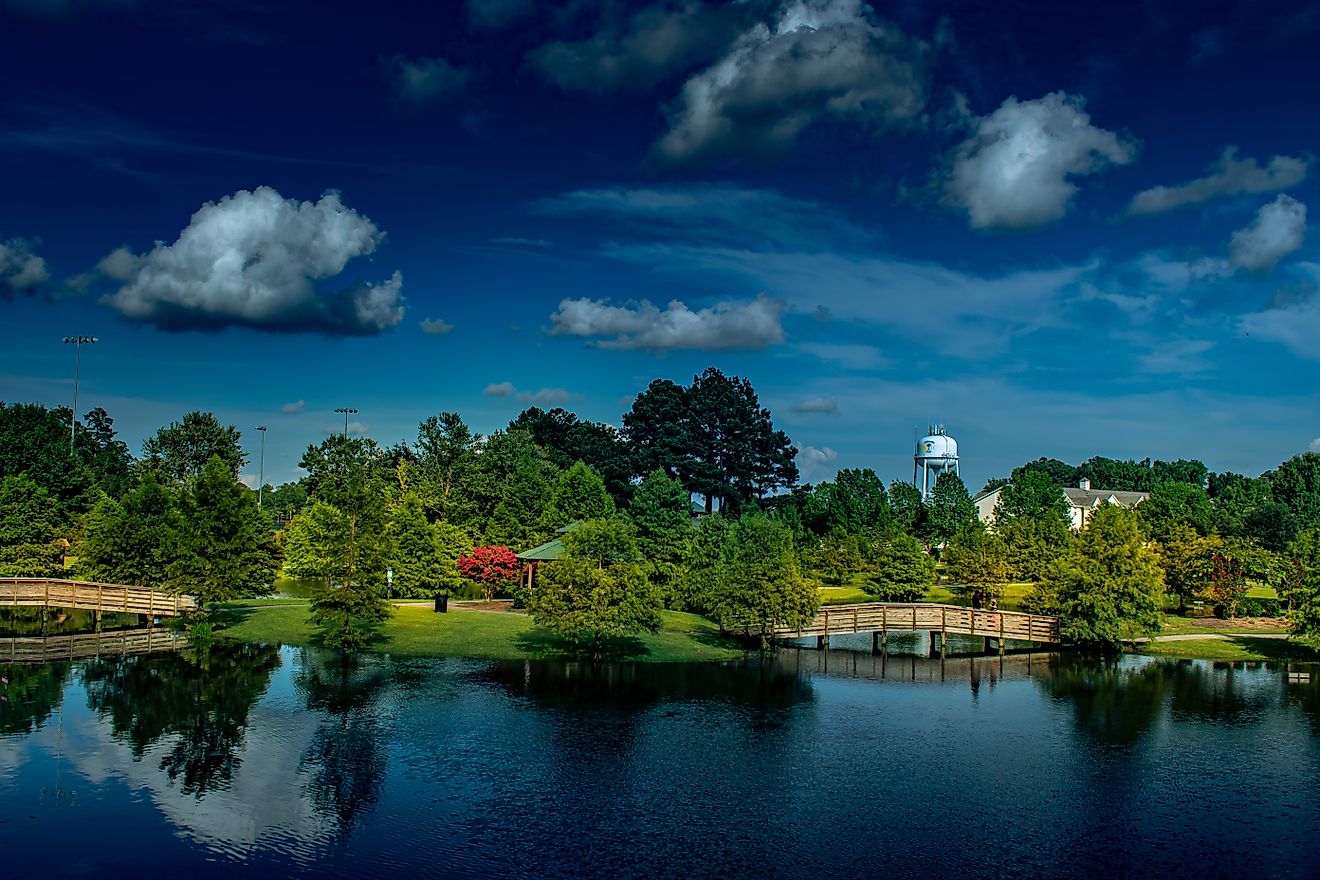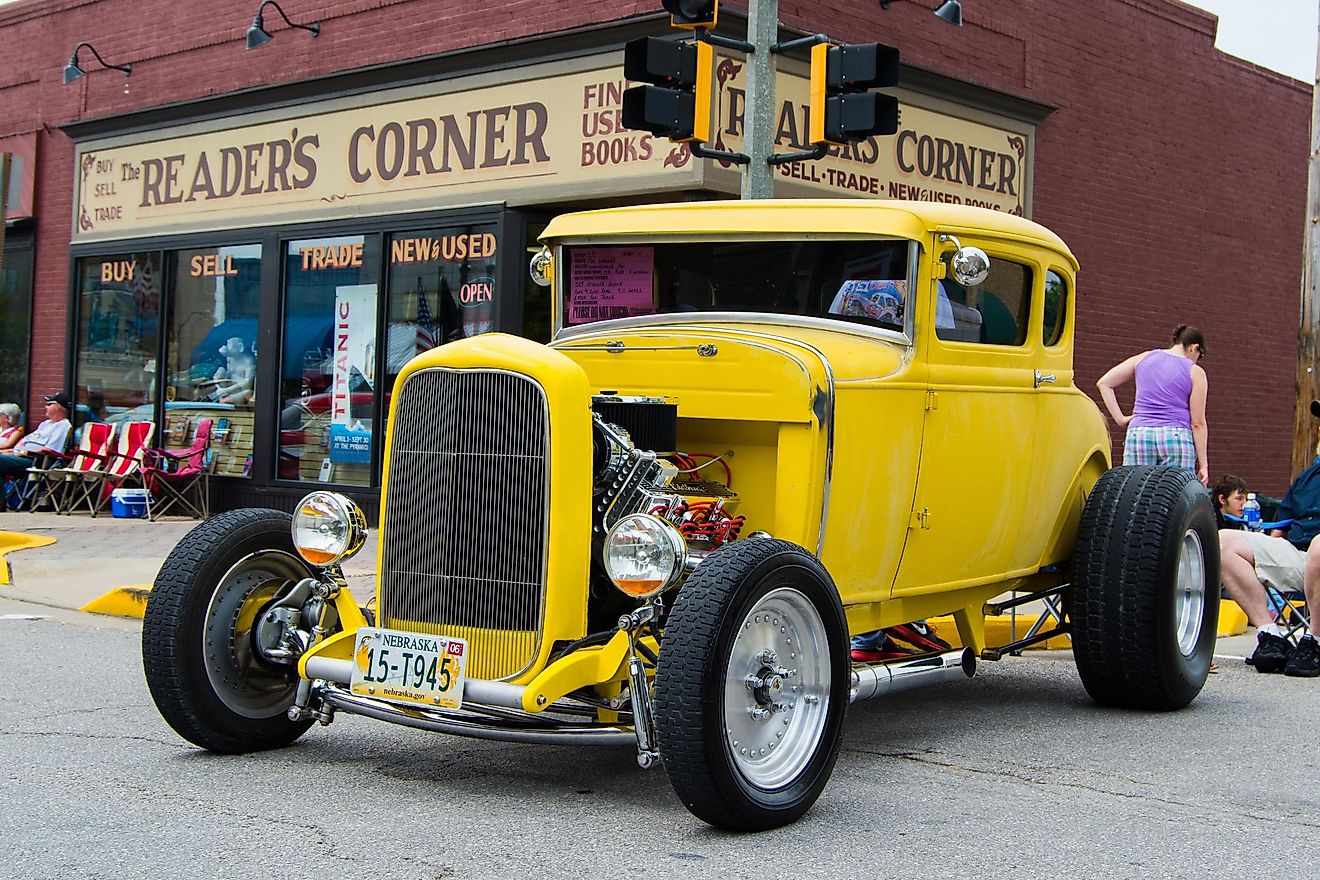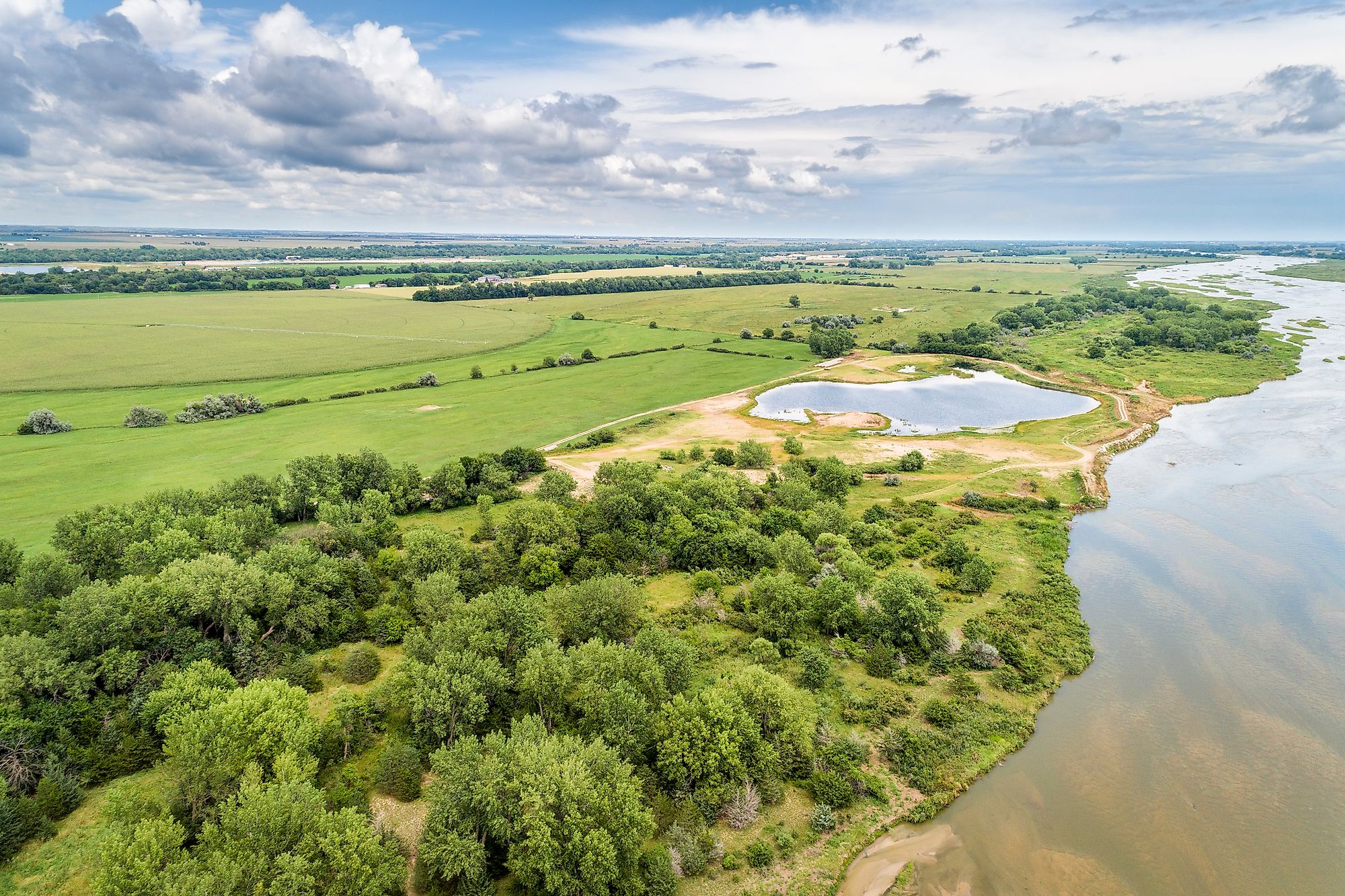
Kearney, Nebraska
Kearney is the seat of Buffalo County, located in the south-central state of Nebraska, United States. It is the fifth most populous city in the state, having a population of 33,790. The city was founded in 1871 at the junction of the Burlington and Missouri River Railroad and the Union Pacific Railroad. The city was named after Fort Kearny. This fort was built to protect American travelers in the 1800s and was named in honor of General Stephen Watts Kearney. However, the "e" in its names was added due to a postal error.
Geography Of Kearney
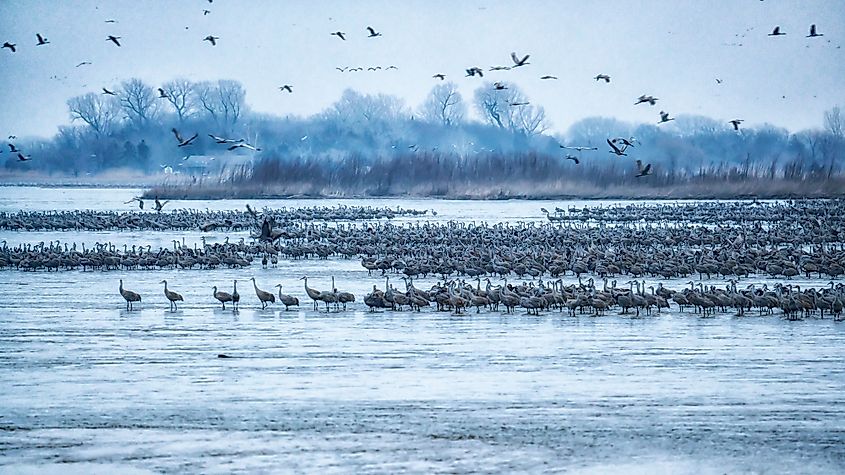
Kearney is located in the south-central Buffalo County of the U.S. state of Nebraska. The city stands at an elevation of 2146ft, and it is along the north of the Platte River. According to the United States Census Bureau, Kearney has an area of 13 square miles, divided into 12.77 square miles of land and 0.23 square miles of water. It is located 125.72 miles west of Lincoln, Nebraska's capital. The city is the principal city in Nebraska Micropolitan Statistical Area which encompasses Buffalo and Kearney Counties.
Climate Of Kearney
According to the Köppen climate classification, Kearney has a humid continental climate that is characterized by warm-humid summers and dry cold winters. The average annual temperature is 50°F, with July and January recording the highest (76°F) and lowest (28°F) average temperatures, respectively. On average, Kearney gets 24 inches of precipitation every year, with May and June reporting the most precipitation (3.9 inches). On the other hand, the average annual amount of snowfall in Kearney is 28.2 inches, where December records the most quantity of snow (10.4 inches). The day duration varies along the year, where the longest day is recorded on June 21 (15 hours, 6 minutes), and the shortest day is recorded on December 21 (9 hours, 15 minutes). The sky is mostly cloudy between October and June. The rest of the year is mostly clear.
Brief History Of Kearney
The westward push of the Mormon and Overland railroad made Kearney a crossroad for travelers coming from the east-west transportation arteries. And to protect these travelers, a fort was made in the name of General Stephen Watts Kearney. The first permanent settlements in this area were called Darbytown. The establishment of the Union Pacific Railroad tracks in 1866 formed a junction between the Burlington and Missouri River Railroad that became named Kearney Junction. This led to the reduction of traveling using the old railroads and the movement of travelers to the northern region of the Platte River. Later on, the name "junction" was removed, and Kearney was incorporated on December 3, 1873, and was chosen to be the seat for Buffalo County in 1874.
Demographics And Economy Of Kearney
According to the United States Census Bureau, Kearney encompasses around 33,790 residents as of 2020, where 50.7% are females, and 49.3% are males. The city's racial makeup is 90.1% white (Hispanic/Latino and non-Hispanic/Latino) and 1% African-American or Black. The rest are distributed among Asians, Native Americans, Pacific Islanders, and other races. English is spoken by 91.2% of the population. The rest speak Spanish (5.9%), Asian and Pacific Islander languages (2%), Indo-European languages (0.8%), and other foreign languages (0.1%). Only 45.9% of the population in Kearney are naturalized U.S. citizens. And veterans make up 6% of Kearney's population, of which 87% are males, and 13% are females.
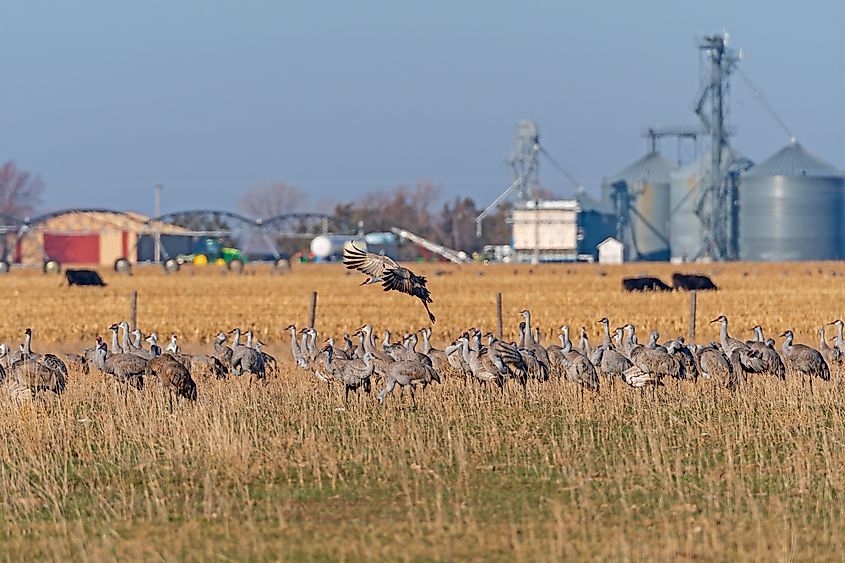
As of the same 2020 Census, 69.8% of the population are employed, with a poverty rate of 14.7%. The homeownership rate in Kearney is 61.2%, where the median gross rent cost is $793 per month, with a median household value of $188,800.
Attractions In Kearney
Great Platte River Road Archway Monument
This monument is located in the east of Kearney. It denotes the story of Nebraska's pioneers and travelers that went onto the Oregon trail, which led to the declaration and development of the United States in general and Nebraska in specific. There, you will find gift shops, hike/bike trails, and experience a historical tour.
Central Nebraska Veterans Memorial
This memorial was made to honor the military and veterans who served and died for their country. It has a unique architecture that was designed for veterans, by veterans.
Fort Kearney Museum and Glass Bottom Boat Rides
This museum is a great reserve of the world's history for the last seven decades. You can see Egyptian mummies preserved in specially designed rooms. One display has an actual Samurai suit of armor. You can also see convex windows recovered from an early Kearney Opera house, Old West weapons, and other interesting artifacts which denote the world's history. There, you can also enjoy glass-bottom boat rides along the Marlo Johnson sandpit lake that overlook different kinds of fish.
Classic Car Collection
Classic Automotive Collection is the finest public car attraction between Chicago and Denver, which houses over 200 vintage cars from the early 20th century till today.
Among many other attractions like the Fort Kearny State Historical Park and G.W. Frank Museum of History and Culture, Kearney is a great preserver of its western roots that evolved throughout history. If you want to understand more about U.S. history in general and the establishment of Nebraska in specific, Kearney is the place to go.
